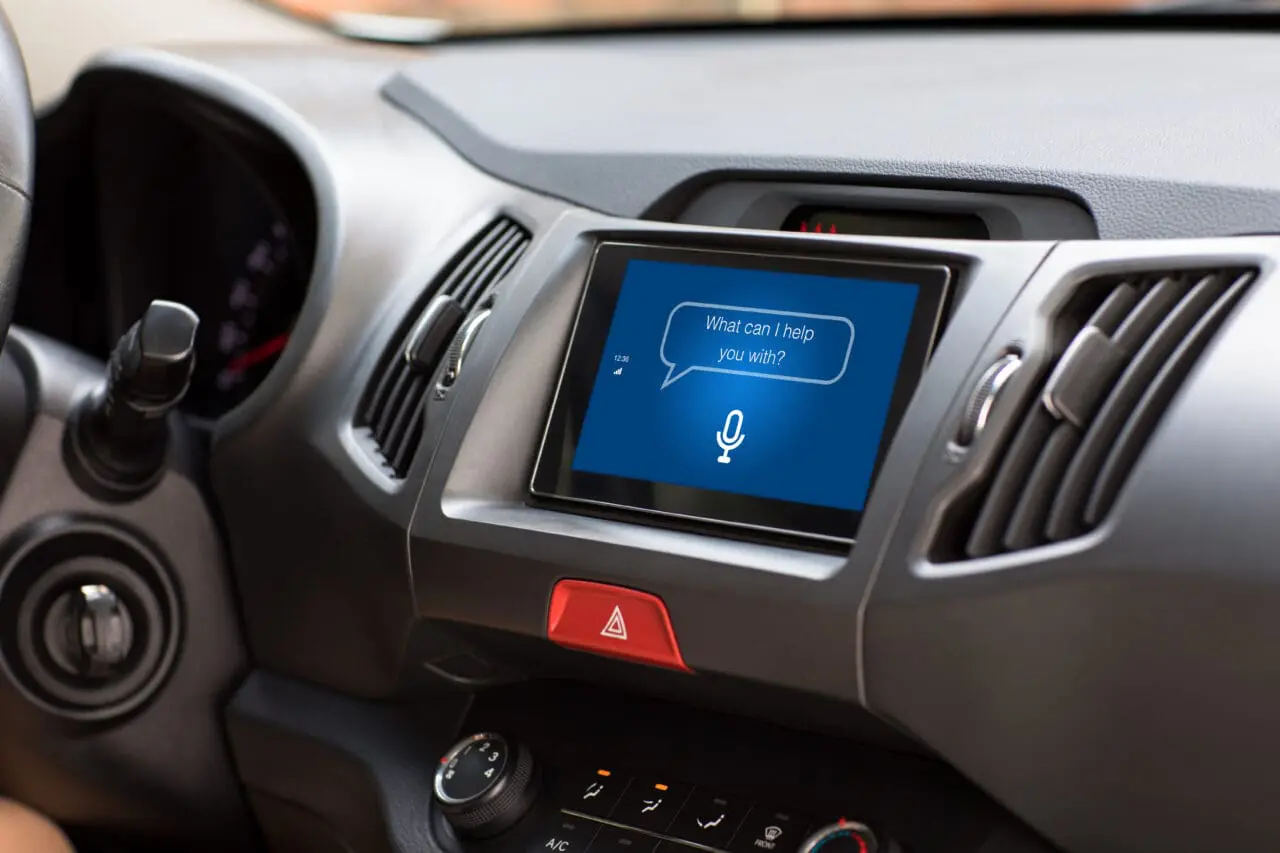

The automotive industry has always been a hotbed of innovation. Today, it’s embracing the power of artificial intelligence, specifically the ChatGPT tool. This advanced AI model, capable of generating human-like text, is shifting the paradigm of automotive technology, creating a new horizon where our vehicles aren’t just machines, but interactive entities capable of understanding and responding to us in engaging, human-like conversations.
Incorporating chatbots into vehicles isn’t just about adding a novelty feature; it represents a significant shift in how we interact with our cars and SUVs. As vehicles become smarter, our interactions with them become more conversational, intuitive, and personalized. This opens up an array of possibilities for enhanced in-car entertainment, accessibility, and safety, ultimately enriching the overall driving experience.
Volkswagen, a pioneer in the automotive industry, has taken a bold step forward by integrating ChatGPT into the IDA voice assistant in its cars. This move is a seismic shift in vehicle-user interaction, allowing for a more natural, dynamic back-and-forth between driver and vehicle. The integration promises a richer, more responsive user experience, positioning Volkswagen at the forefront of AI-infused automotive technology.
The integration of ChatGPT ushers in a new era of conversational AI, augmenting in-car interactions in unprecedented ways. The technology makes the vehicle more than just a tool; it becomes a companion capable of understanding and responding to you in conversational language. This makes for a more comfortable, human-like interaction, adding another layer of sophistication to modern vehicles.
ChatGPT’s introduction into vehicles is a glimpse into the future of driving. It signifies the transition towards a world where vehicles will be intelligent entities, aware of their surroundings and capable of human-like interaction. This advancement in smart technology not only enhances the driving experience but also opens avenues for new safety features, accessibility options, and personalized interactions.
The benefits of integrating chatbot technology into vehicles are far-reaching. They extend beyond convenience, contributing to safety, accessibility, and personalization. With a chatbot, drivers can control various functions of the car through voice commands, reducing distractions and enhancing safety. Furthermore, such technology can make cars more accessible to people with physical disabilities, marking an important step for inclusivity in the automotive world.
ChatGPT’s integration significantly enhances in-car entertainment. It allows for interactions that feel real and engaging, making journeys more enjoyable. Whether it’s requesting a favourite song, asking for the latest news, or even holding a conversation, ChatGPT turns the vehicle into an entertainment hub, making road trips and commutes more enjoyable.
The essence of ChatGPT’s effectiveness lies in the power of Natural Language Processing (NLP). This technology allows the AI to understand, generate, and respond to human language in a conversational manner, paving the way for a revolution in automotive technology. With NLP, vehicles become more than machines; they transform into intelligent companions that understand and respond to human language, making the driving experience more interactive and engaging.
As we move beyond traditional voice assistants and towards intelligent chatbot technology like ChatGPT, we unlock a new realm of possibilities for in-car interactions. Rather than simply following dictated commands, vehicles can now understand context, carry on conversations, and provide personalized responses. This evolution from voice assistants to personal companions in vehicles signifies a dynamic shift in the automotive industry, promising a future where our cars understand us as well as we understand them.

This website uses cookies to improve your experience. Choose what you're happy with.
Required for the site to function and can't be switched off.
Help us improve the website. Turn on if you agree.
Used for ads and personalisation. Turn on if you agree.
This website uses cookies to improve your experience. Choose what you're happy with.
Required for the site to function and can't be switched off.
Help us improve the website. Turn on if you agree.
Used for ads and personalisation. Turn on if you agree.